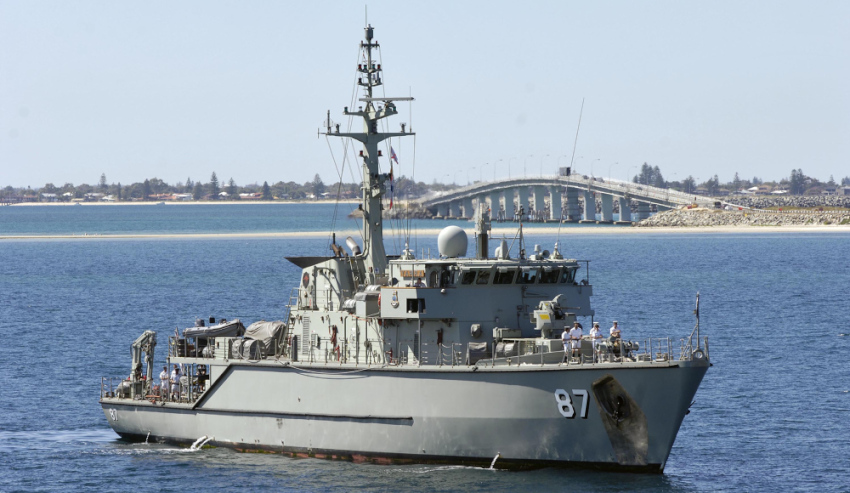HMA Ships Gascoyne and Huon have successfully completed a visit to to the Republic of Korea (ROK), the first time in over 70 years that Navy Minehunters have been deployed in the region.
Gascoyne and Huon took part in mine countermeasure warfare activities with 12 other nations, and Australia's Chief of Navy Vice Admiral Michael Noonan, AO, said the country's participation in the exercise highlights the value of the relationship between Australia and the ROK.
"The inclusion of the Navy Minehunters in Australian Defence Force activities with the ROK complements the experience gained earlier this year at the mine countermeasures exercise conducted at Jervis Bay in New South Wales," VADM Noonan said.
HMAS Gascoyne's Commanding Officer, Lieutenant Commander Richard Brickacek said the activities also provided a chance to practice in conditions different from what the crew were used to back home.
"The local environment was significantly different from what we typically experience in Australian waters, including minimal underwater visibility, deep mud and varying weather," LCDR Brickacek said.
"Working in these unfamiliar conditions demonstrated the value of bringing all nations together to better understand each other’s capabilities and limitations in new and varying environments."
The RAN Huon Class was designed in Italy as the Gaeta Class for the Italian Navy, and then modified to suit Australian conditions.
The Minehunters feature a unique hull design, shock resistance and a low magnetic signature, allowing the class to operate in hostile mine environments. Each single hull has been designed with no ribs, frames or stiffeners, which avoid stress points that could separate under shock conditions.
The Huon Class are fit with Variable Depth Sonar capable of detection ranges in excess of 1,000 metres ahead of the ship. When a mine is detected in a water column or on the seabed, the ship will come within 200 metres from contact, before a mine disposal vehicle or clearance divers are sent to investigate and/or neutralise the threat.



